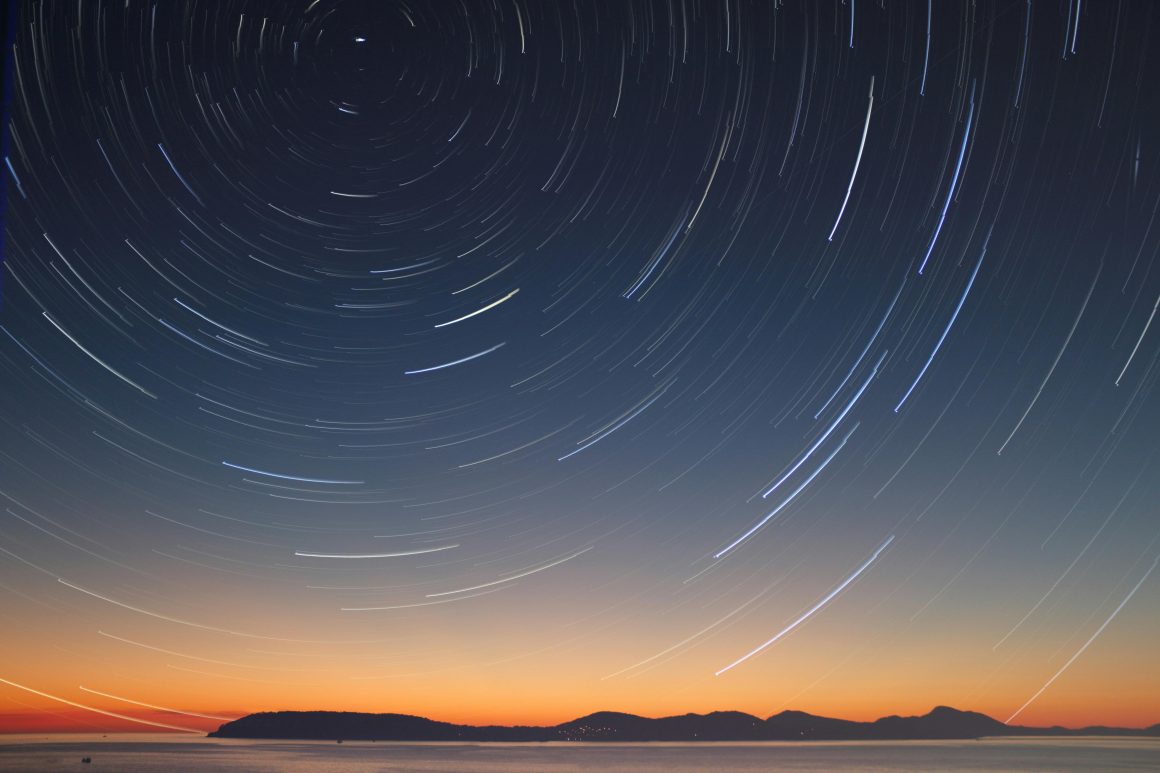
Welcome to Earth: A new UCalgary course that’s out of this world
By Alek Anaya, December 1 2024—
In this immersive experience, you are part of an alien space agency looking for a new planet to inhabit. The task is to explore the planet Earth through ten missions to understand how this mysterious planet works. No, this is not a sci-fi movie or the theme of an escape room. It is a new class being offered at the University of Calgary.
In this class, Faculty of Science professor Annie Quinney is the leader of the space agency, guiding the class of young space cadets through “ERTH 210: Welcome to Earth”, one of the University of Calgarys’s newest and most exciting classes.
The goal of the class is to teach students on Earth’s structures, plate tectonics and geology. But the Faculty of Earth, Energy and Environment decided to take a different approach in terms of the delivery of this course. In contrast to other science courses, this class really leans into an immersive and hands-on learning experience.
Through the course of the semester students embark on 10 missions designed to explore Earth and understand technology used by Geologist in a fun and entertaining way.
The first mission challenges the students to find a suitable landing spot for their spaceship where the students are given 3D printed models of various real places on Earth, from Mount Yamnuska to the Grand Canyon. However, the task is not as easy as a thick layer of clouds prevents the students from visualizing the land below. To overcome this challenge, they must learn to use LiDAR, a technology that is used to map the topography of the Earth’s surface and in this case, find friendly ground for an alien spaceship.
Other missions include mapping volcanic activity, exploring the seafloor and identifying meteorites from other rocks, and yes real meteorites are provided.
But the hands-on approach to learning is not the only distinction to traditional courses. The course invites students to explore the topics and make mistakes without penalizing them. In fact,making mistakes is encouraged. For example, after the students complete the lab report, they are given the correct answers before a grade is issued. This allows students to learn about their mistakes and correct them before handing the work in. Furthermore, the weekly quizzes are unlimited attempts to give students the chance to understand and correct their mistakes.
Quinney explained that classes where she gives the class a traditional class are very rare, instead she guides the students to understand and explore the content for themselves. Here, she commented on having found the most challenging part of teaching such an atypical course.
“You’re revealing bits of information, but you don’t want to give the whole story away,” she said. “You want them to build it, which is really the scientific method.”
Nevertheless, Professor Quinney proudly said the course has been a great success with engagement levels being very high and students reported being very pleased with the new method.
University of Calgary students will be delighted to hear that the course is open to all majors and Dr. Quinney encourages students from different academic backgrounds to give the course a try.
“The more we understand about complicated earth processes, the more informed decisions we can make about everything,” she explained.
Due to the success of the course, it will now be offered every semester. Will it join the list of student favorite courses? Only time will tell, but it’s definitely making ripples among the university.
